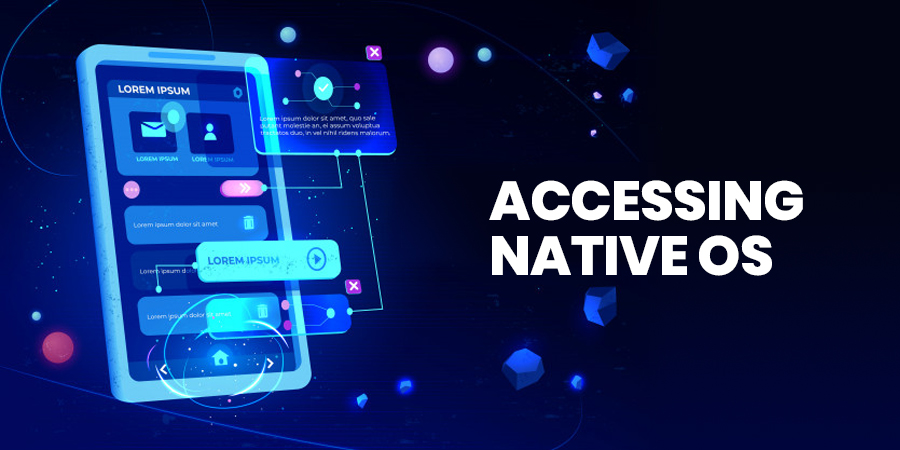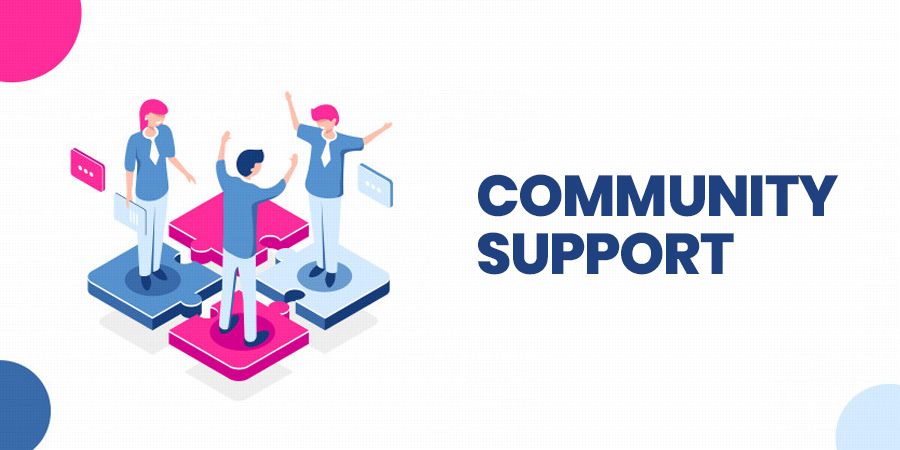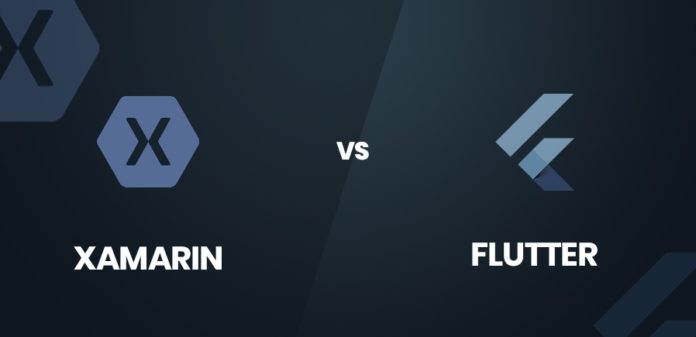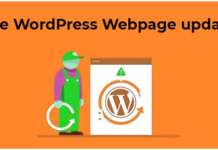From the past few decades, the mobile industry has experienced enormous development, particularly in regards to application advancement. As indicated by Statista Reports, there were more than 2 billion cell phone users on the planet, and the number is evaluated to increment to more than 5 billion before the finish of 2022.
Thus with the advancement in mobile technology, the cross-platform app is designated to rise too. Hence, in this post, we will look at Flutter and Xamarin as a potential cross-platform framework. Apple and Google have provided native tools and technologies to assemble applications. iOS app engineers can construct applications utilizing Xcode and Swift, while Android designers and several Mobile App Development Companyuse Android Studio and Kotlin/Java. However, in situations like these designers require to learn two totally various arrangements of advancements. Therefore, organizations have begun to receive native solutions to construct apps for both iOS and Android language.
These native languages that are Xamarin and flutter have given the user a promising way to construct applications. But first, let’s know about the essence of cross-platform development.
Overview of What is a Cross-Platform Development
Cross-platform application advancement permits you to construct versatile applications for various stages, for example, iOS and Android with only one innovation stack.
This implies that instead of constructing various forms of your application, each app is composed utilizing the committed native language for every stage, you can compose your code once and convey it on various stages. The user can write the code once and then deploy it with various platforms.
Xamarinvs Flutter: Cross-Platform App Development
Xamarin and Flutter are both cross-platform mobile applications that give the user a way to construct an app with one single code. Here are some of the features that are involved in both these cross-platform with a vivid Xamarinvs Flutter comparison.
Introduction
Flutter: Upheld by Google and released in 2017, Flutter is at the same time one of the most profound and most encouraging multiplatform development framework available at the present time.
Supported by professionals and experts on account of its exceptionally advanced and streamlined procedures, it is yet to arrive at the full “production-ready” status. All things considered, as Flutter is rapidly moving toward development, it has just been utilized to make a few authority applications by Alibaba, Tencent, Nissan, Reflectly, just as a few Google applications.
Xamarin: Before you Hire iPhone App Developer or Android developer make sure you are aware of all platforms. One of the veterans among multiplatform programming development toolsets, Xamarin was first turned out on the open-source mono system in 2012. Procured by Microsoft and coordinated into the .NET stage in 2016, it is currently one of the most noticeable and all around created options in contrast to application development.
This framework is considered as de-facto of mobile development, and hence it is used by many organizations. For instance, it has been utilized to make multiplatform applications for UPS, BBC, ACS, Transistor, Microsoft Azure, and numerous others.
#1 Onboarding and Learning Curve
Flutter: The beginners guide for Flutter has to point by point data on IDE arrangement and stage arrangement for the two iOS and Android. You can peruse all the necessary arrangement subtleties on Flutter introduce for macOS. On this, Flutter has a CLI apparatus called flutter doctor which can control designers through the arrangement. It investigates which devices are introduced on the nearby machine and which devices should be arranged. When the flutter doctor command is glad, the expert can continue with making another Flutter application. There is a different on the best way to design the editors to start Flutter. When all the arrangement is done, the user can make and run another Flutter application from CLI without any problem.
Xamarian: As Xamarin configuration is intensely reliant on Visual Studio and the Xamarin SDK, the experts are already acquainted with the VS Code and they can get fully operational rapidly. In any case, Xamarin requires separate arrangements for iOS and Android, i.eXamarin.iOS and Xamarin.Android. The Xamarin beginning guide manages to clarify the onboarding procedure for new designers, yet Xamarin is vigorously reliant on Visual Studio. On the off chance that the Android App Developerisn’t from the technical background, it would mean a more drawn out expectation to absorb information to get to know Visual Studio and learning the Xamarin SDK. Xamarin has with heaps of aides for smooth onboarding of new professionals.
#2 Integrated Development Environments

Flutter: Flutter development isn’t secured to a particular IDE, so your group is allowed to pick between Android Studio, IntelliJ IDEA, or Visual Studio Code. These choices are complementary and simple to set up.
Xamarin: It’s different with Xamarin. While the system itself is open-source and wants free as a piece of the .NET stage, purchasing a permit for the Microsoft Visual Studio IDE is practically the main path for a business task to get moving.
In the event that your expert as of now works with the C#/.NET/Visual Studio stack, that is clearly not an issue. However, while going for Xamarin development just because, authorizing expenses ought to be contemplated by iOS App Development Company.
#3 User Interface Design
Flutter: With Flutter, there are two arrangements of exclusive widgets for Android (Material widget) and iOS (Cupertino widget) that one can use to structure a UI. Fluter doesn’t utilize local GUI parts however makes it is own utilizing the Skia Graphics library. The advantage is that it is really easy to create and make new ones, which permits sharing mind-boggling illustrations and movements between stage explicit application variants. The drawback is that the genuinely native look can get away from you, and if the local Android and iOS look and feel changes with the following OS update, your application dangers looking conflicting and to some degree outdated.
Xamarian: In Xamarin, you use platform explicit native UI parts, no more, no less. This can be accomplished by making:
- The advantage of this framework is accomplishing more prominent flexibility, adaptability, and a totally native look of cross-stage applications. The drawback is no common UI code, which fundamentally cuts down the versatility and in general code reusability of your applications.
- Using shared native components and interfaces, accomplish code shareability of up to 96% for all Android App Development Company and Android organizations. The drawback of this platform is that their capacities are fairly restricted, despite the fact that they’ve been progressively extended. All things considered, for some stage explicit and powerfully evolving components, you’ll need to dunk into utilizing native or Xamarin code.
#4 Accessing of Native OS

Flutter: Dart code in Flutter is assembled into local utilizing the AoT (Ahead of Time) compiling yet at the same time needs Dart VM (Virtual Machine). The explanation for the AoT arrangement is that iOS stage doesn’t support JIT or dynamic accumulation. Flutter likewise permits you to manufacture custom modules which support platform-specific code. Flutter can get to all stage administrations and APIs including capacity and sensors through bundles. You can likewise utilize Flutter Libraries to actualize a stage channel used to call local capacities from Dart.
Xamarin: Before you Hire Android App Developer and iOS developer know that in Xamarin, C# code is gathered into machine code and afterwards pressed in .application. The mono code generator utilizes JIT assemblage for the Xamarin. Android applications and AoT aggregation for the iOS applications to accumulate the delegate machine code (otherwise called oversaw code) into local stage code. Xamarin utilizes .NET APIs and stage explicit libraries through ties to get to local highlights.
#5 Native Libraries and API
Flutter: Flutter allows limited access to a few stages of explicit APIs and administrations out-of-the-container. Be that as it may, the mass formation of accessible cross-stage APIs isn’t a need for the structure. The centre, rather, lies in modifying and adaptability.
For a greater part of cases, a Flutter designer would either utilize pre-made Dart bundles (reusable modules and libraries) to get to local administrations and APIs or make their own incorporations with stages by means of stage channels for Cross-Platform App Development.
Xamarin:Xamarin gives a 100% local API to provide various features to the user. Xamarin.Essentials library concedes simple access to covering native APIs of Android, iOS, and UWP. Preoccupied into a lot of cross-stage APIs, they can be gotten to from shared codebase of Xamarin. Forms and Xamarin Native applications the same. Xamarin Native permits access to all stage explicit APIs and permits their full use for cases not secured by essentials.
#6 Community Support

Flutter: Flutter has been around for some time, however, it increased a great deal of consideration when Google advanced it in the Google I/O gathering in 2017. The Flutter people group is developing quickly nowadays, meetups and gatherings are occurring on the web. The greatest occasion happened a year ago was in December 2018. To put it plainly, the Flutter people group is developing quickly; yet, there are as yet insufficient assets for engineers to tackle regular issues.
Xamarin: Xamarin has a huge community spread all over the world. There are community forums to discuss problems, issues and proposals. Also, Xamarin has a Twitter handle for all the Xamarin related events. There are some communities as well for Xamarin-related talks, like Xamarin Developer Summit. Being the oldest cross-platform mobile app development framework, the Xamarin community has more involvement from Android App Developer.
In the End
Xamarin and Flutter are two players in the cross-platform advancement showcase, the two of which empower to deliver native-like versatile applications from the equivalent codebase. This post has widely looked at the two innovations dependent on various criteria from a developer’s viewpoint. All things considered, this correlation direct is for reference reason and settling on which system to pick may change from the undertaking. Be that as it may, the facts confirm that Flutter has entered the business unequivocally. We hope that this article has given you a reference on which platform to choose. If the user has any doubts regarding the following topic then they can write on the comment section below. Our professionals and experts would try to answer it and provide you with solutions.








